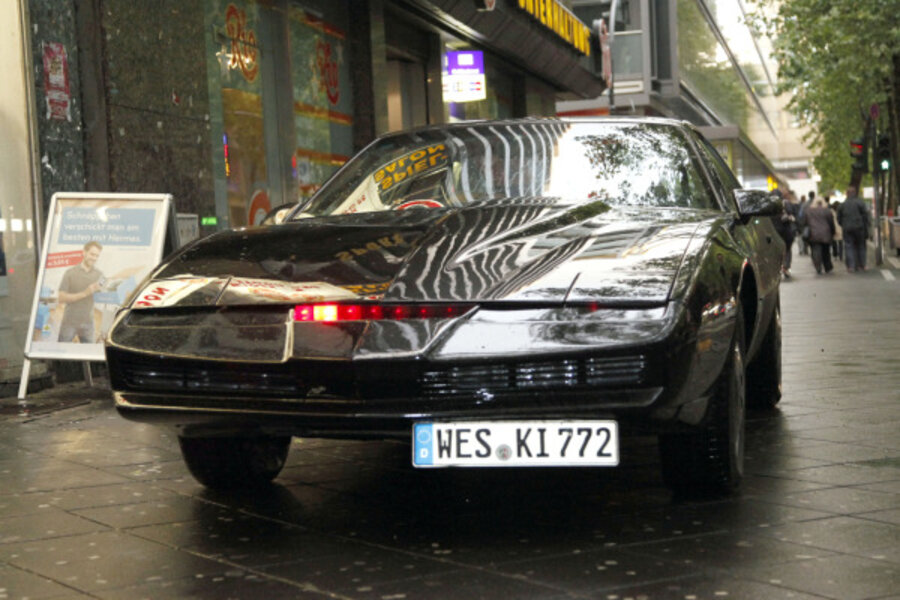Leave the driving to … Google?
Loading...
I don’t like cruise control. Maybe it’s because I drive on crowded highways in the congested Boston metro area. It seems as though I barely get the thing set up before I’m braking to avoid something and then hitting “resume” to get it going again. It’s a high-tech driving assistant, aimed at making driving less toilsome. But I chafe at the idea of giving up my control of the car. I say “why bother?”
Over the weekend Google – which seems to be looking at infinite possibilities beyond its core business of helping people search the Web these days – announced it was testing “driverless” Toyota Priuses on California roads. This comes on top of recent announcements that Google is launching Google TV and underwriting offshore wind farms.
A thicket of legal hassles would seems to await any company trying to automate vehicles. Who is responsible if a computer is at the wheel during an accident? The owner? The manufacturer? (More bizarrely, might vehicle owners someday be sued for not having a computer on board that could have avoided an accident?)
Like flying cars, driverless cars have been the subject of science fiction for decades. KITT, the computer-driven 1982 Pontiac Trans Am (voiced with patrician disdain by William Daniels), entranced young women of a certain age who watched the 1980s TV series “Knight Rider” (or was it chiseled actor David Hasselhoff, who tagged along for the ride?).
More recently, the two Transformers movies celebrated the idea of a car or truck being much more than a means of getting to school or work but rather a living (if not breathing) super-powered friend.
Americans seem to hold conflicting ideas about driving their cars. The freedom and control of being behind the wheel are celebrated in auto ads, usually with a deserted piece of magnificent coastal highway or a stunning mountain pass in the background. But they also celebrate being driven around by someone else as the height of luxury and elegance, a step up from the wearisome dance between brake and accelerator we all must undertake when trapped in bumper-to-bumper traffic.
Autos already on the road can warn drivers if they stray from their driving lane or if they are about to hit something, or even begin to put on the brakes.
Such high-tech driver’s aids are likely to spread to many if not most cars. But all of them act as advisers to the human driver, still in the captain’s chair.
Google’s right when it says computer-driven cars could “help prevent traffic accidents, free up people’s time and reduce carbon emissions by fundamentally changing car use.”
Yet even so, each Google test car still has a human behind the wheel who can jump in if the computer makes a bad decision. It’s argued that an automated car doesn’t have to make perfect decisions, just better ones than a human driver would make.
That might be true in theory, but in practice computer-driven vehicles aren’t going to be allowed on the road unless they never make a bad decision.
And that still appears to be a long way off.





